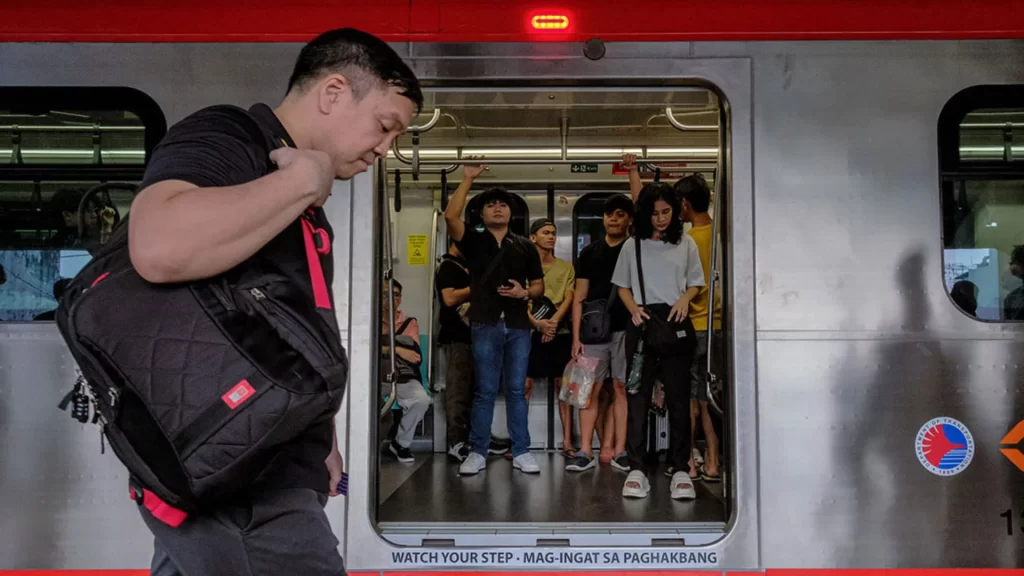Organizations appear unprepared to face the challenges of the emergent changes in work practices — largely brought about by the disruption of normal work routines that employees had been used to prior to COVID-19.
It is not uncommon these days to hear employees finding it challenging to maintain boundaries between work and nonwork. While the work from home (WFH) set up was initially appealing to most — and a safe harbor to some — more and more are complaining about the lack of separation between one’s work and home — further aggravated by the lack of commutes which somehow provide some form of transition between the two activities’ realms.
Offices are also starting to face unchartered territory in dealing with how the quarantines have affected work productivity, creativity, and innovation of their staff. Nowadays, managers are puzzled on the impact of the WFH experience on employee motivation and authenticity at work, especially as we are now slowly going back to co-located workplace settings.
Some executives I spoke to also begin to question their confidence in managing people who have experienced the “out of sight and reach” scenario during the WFH arrangement at the height of the pandemic. While it can be argued that video conferencing and online time-ins were considered alternative sight lines, they have, nevertheless, resulted in increased perceptions of stress and invasion of privacy, which in turn lead to lower creativity among employees.
There is a growing fear among managers that the relative success of multifaceted and multidimensional virtual teams in project management may impact work continuity and success in the “go-back-to-the-office” hybrid directives.
Despite the absence of the communication richness in face-to-face interaction and the ease with which one resolves conflicts when done personally in offices, it has been proven that such extraordinary work occurrences can still be managed well by project teams. Based on actual WFH experiences, people have been able to build the structural scaffolding to manage work flows that align multi-party and multi-locational team members towards the achievement of business objectives. Given this, the post WFH scenario does not bode well for managers who wish to reimpose pre-pandemic work systems.
On top of this, post-WFH leaders are facing working conditions that appear to have deteriorated for many employees. Several managers I sat down with disclosed that their employees have reported job burnout — appearing like a chronic stress syndrome that include feelings of exhaustion, depression, and a distant attitude towards work.
This could probably explain the Great Resignation, also known as the Big Quit and the Great Reshuffle. A human resource solutions company Sprout Solutions, in its 2022 State of HR Report, found that 62% of HR professionals noted an upward trend in employee resignations.
Interestingly, some managers have also reported that workplace loneliness is an emerging issue confronting organizations. Restricted social interactions, the absence of informal physical chats among co-workers, and handshakes — considered essentials for mental and physical health — are apparently taking a toll on employees as well. Often, some employees complain that they feel lonely because their social needs are not being adequately met by their companies. All these, in turn, affect employees’ affective commitment, affiliative behaviors, and performance.
Consequently, post-WFH leaders are in a quandary — even at a loss — on how to manage other emergent workplace arrangements. For example, executives recognize the existence of “quiet quitters” and they are carefully treading the lines to strike a balance between employees’ welfare and organizational interests. They are even more careful about using the term especially since there is an ongoing debate as to how to manage this phenomenon.
In its basic definition “quiet quitting” (the word “quitting” throws me off a bit given its negative connotation) simply refers to an employee behavior where the employees perform the duties assigned to them and do not go above and beyond what their job description requires them to do. This appears to be in direct opposition to the hustle culture — the behavior or practice of making every moment count towards working and making money. It shifts the focus back to setting boundaries at work and ensuring a better work-life balance for employees. Arguably, there are some very strong feelings about the “quiet quitters.” A strongly worded commentary in Financial Times called them “slackers” as opposed to the “above and beyonders.”
While workplace management continues to challenge Filipino executives given the various repercussions of the pandemic in organizations, they remain hopeful that they can manage well, moving forward. Thanks to their distinctly Filipino values and behavior in managing organizations during stressful times — pakikisalamuha at pakikiramdam (socializing and feeling). And Filipino managers are very good at it. When we are closer to the ground, we can readily feel disengagement, even instances of employee isolation. When we care enough about our employees, we can easily detect withdrawal from conversations, activities, and tasks. When managers effectively perform pakikisalamuha, they can easily raise their level of pagdamdam that will enable them to feel the sentiments of employees.


